Twin Mandalas of Vairocana in Japanese Iconography
A fundamental work for the philosophic and artistic understanding of the theory and graphic representation of the mandalas in general and especially in the Shingon tradition of Japan. Details the philosophy, patriarchs and sacred canon of Mantrayana, its ulterior development into two branches in Japan, the nature and different kinds of mandalas, as well as their classification and essential principles. The twin mandalas of Vairocana based on the Mahavairocana-sutra and the Sarva-tathagata-tattva-sangraha are detailed in all aspects: their basic ideas, their interrelationship and differences in character, their configuration and symbolism. The iconography of all the deities is given at length from the root text, from the Hizoki of Kobo Daishi, and from the graphic representation ;which is the prime theme of the work. The work ends with the doctrine of Shingon (Mantrayana), its differences from exoteric or popular Buddhism, the three universals, the triple mystery, the four kinds of dharmakayas, the stupa of five circles, the five knowledges, the three degrees of Tantric abhiseka (empowerment), bodhicitta and so on. It is a sine qua non for the comprehension of the history, iconography and aesthetics of mandalas with their inexhaustible Olympus of divine beings symbolising the mystic experience in the plenitude of ecstasis.
Get it now and save 10%
BECOME A MEMBER
-
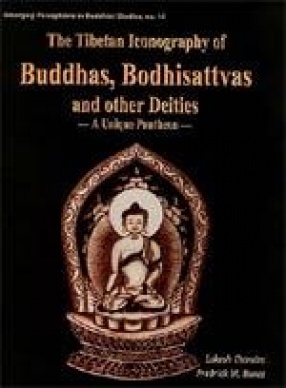
The Tibetan Iconography of Buddhas, Bodhisattvas and other Deities
-
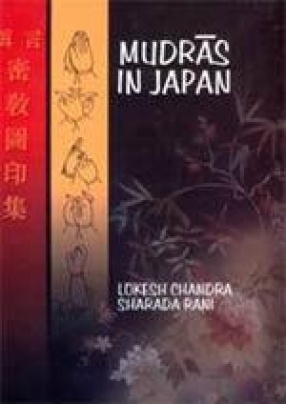
Mudras in Japan
-
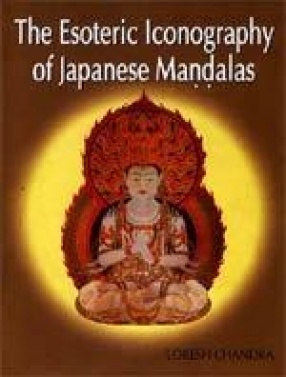
The Esoteric Iconography of Japanese Mandalas
-

Stupa: Art, Architectonics and Symbolism
-
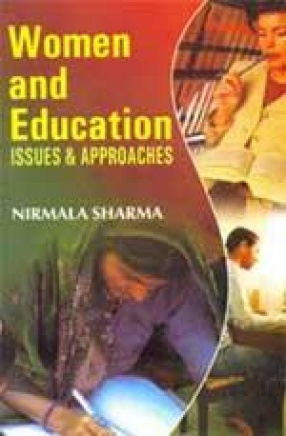
Women and Education: Issues and Approaches
-

Dynamics of Women Development
-
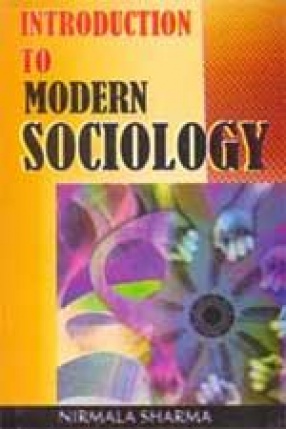
Introduction to Modern Sociology
-

Curriculum Development in Indian Higher Education

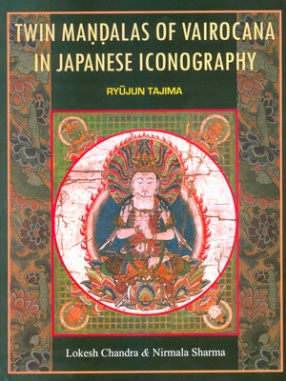
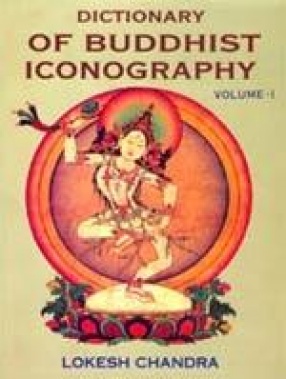
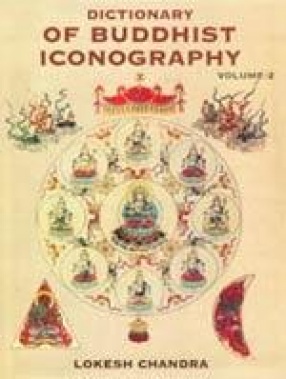
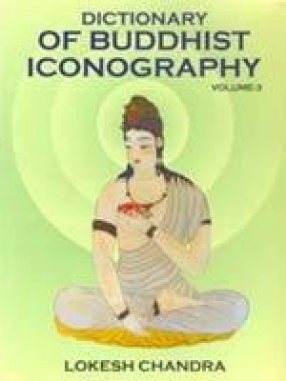
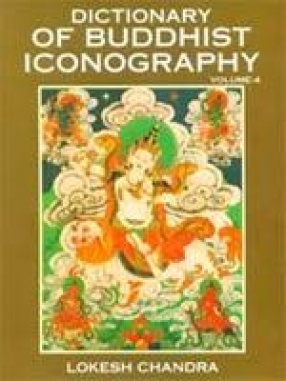
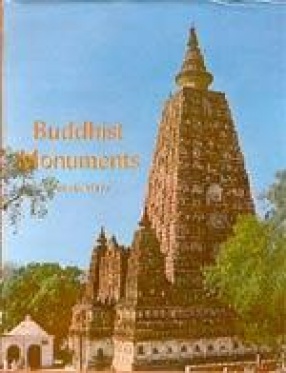
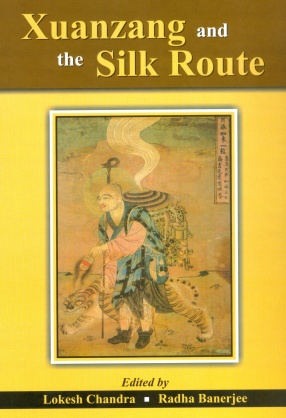
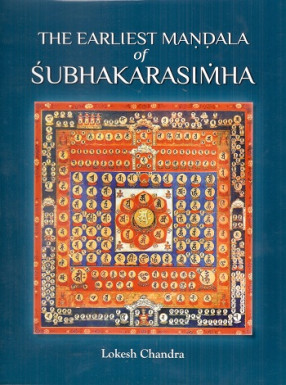
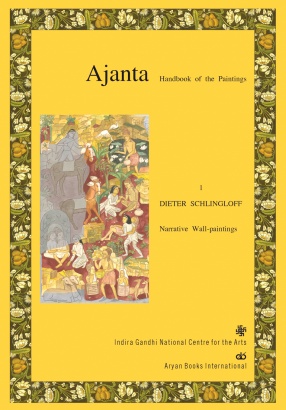

Bibliographic information
Lokesh Chandra
Nirmala Sharma